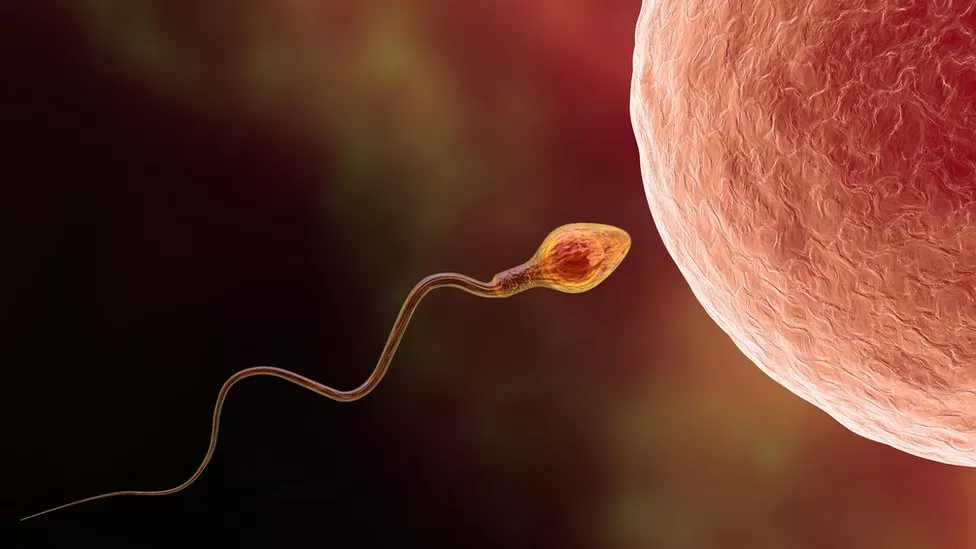How AI may be a powerful tool in treating male infertility.

Male infertility affects 7% of the population. The problem may be about to be solved by artificial intelligence (AI).
The AI software developed by Dr Steven Vasilescu and his team can spot sperm in samples from severely infertile men 1,000 times faster than a highly trained eye can.
A possible viable sperm can be detected before a human has even had a chance to process what they are seeing.
Vasilescu is a biomedical engineer at UTS and the founder of NeoGenix Biosciences.
His team has developed a system called SpermSearch.
A condition called non-obstructive azoospermia (NOA) affects 10% of infertile men with no sperm in their ejaculate.
A small portion of the testes is removed surgically, and an embryologist manually searches for healthy sperm in a lab.
A microscope is used to examine the tissue after it has been torn apart. An egg can be injected with sperm if they are found to be viable.
There is a risk of fatigue and inaccuracy during this process, says Dr Vasilescu.
The embryologist sees just a mess of cells when they look down the microscope.
“It’s like a needle in a haystack. There may be only a few sperm in the whole thing, but there may be millions of other cells,” says Dr Vasilescu.
Using SpermSearch, he says, photographs of sperm samples are instantly uploaded into the computer, making it possible to find healthy sperm within seconds.
Dr Vasilescu and his colleagues trained the AI to identify sperm in these complex tissue samples by showing it thousands of images.
The UTS biomedical engineering team reported that SpermSearch was 1000 times quicker than a skilled embryologist in a test.
SpermSearch is not meant to replace embryologists, but rather to assist them.
